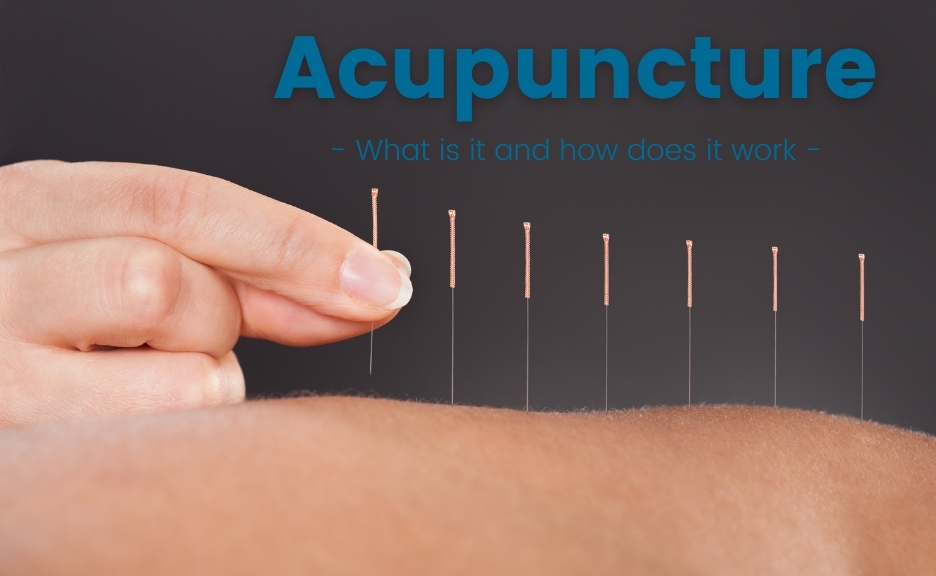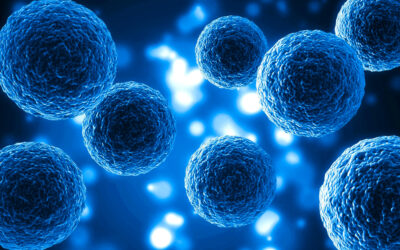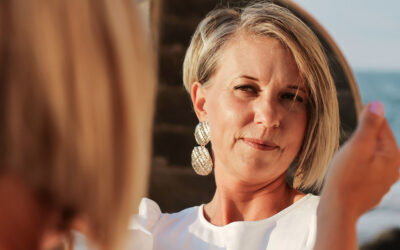Acupuncture and cupping are medical techniques that have been recorded as early as 3,000 years ago. The first documentation of acupuncture that described it as an organized system of diagnosis and treatment is in The Yellow Emperor’s Classic of Internal Medicine, which dates back to 100 BCE. One of the earliest documentations of cupping can be found in the work titled A Handbook of Prescriptions for Emergencies, which was written by a Taoist herbalist by the name of Ge Hong and which dates all the way back to 300 AD. There’s even evidence that the 5,000-year-old ice age mummy named Otzi had a system of tattoos that correspond to acupuncture points, or a system like it. This leads some experts to conclude the possibility of acupuncture having originated in the Eurasian continent at least 2000 years earlier than previously recognized. Perhaps the ancient Chinese were the most successful civilization in preserving the medical art. But what exactly are these techniques that have been so useful for thousands of years?
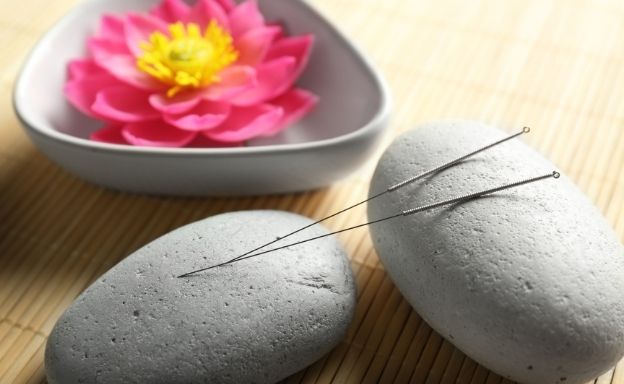
Acupuncture and cupping have only gained popularity in the West for the past few 40 years or so. Forty years is quite a small blip when you consider how long it’s been practiced. By the time acupuncture started to develop, ancient healers had established the concept of Qi (our vital energy or life force) that ran through channels in our body. The idea of an invisible agent coursing through our body responsible for maintaining balance to our health isn’t exclusive to ancient China. Ancient Greek physicians thought there was a vital force they called pneuma that coursed through our bodies. Acupuncture was developed as a practice of restoring balance in the body. It eventually became a standard practice in China alongside massage, diet, and herbs.
While overall the practice of acupuncture in theory is quite complex, in this article I’ll attempt to simplify it as much as possible. For instance, acupuncture may appear as a simple insertion of needles into specific points in the body. However, the practical theory may include Yin-Yang theory, Five element theory, transformation of Qi, functions of the internal organs, sedation and stimulation of needles, and much, much more. Remember this next time you hear someone discussing acupuncture!
So, what is acupuncture and how does it work?
Despite thousands of years in practice and years of training it takes to even begin practicing acupuncture, there is a simplicity to it that almost makes it seem too easy. If there’s excess Heat in the Stomach channels a practitioner would aim to dispel the heat to restore balance. Maybe there’s a deficiency of the Qi in an area, one would simply tonify Qi to that area. Pain caused by stagnation of Qi and blood causing pain? Remove the stagnation and the qi and blood will flow harmoniously therefore eliminating pain.
Let’s look at a few simple examples from Giovanni Maciocia, world-renowned and highly respected author, lecturer, and practitioner of Chinese Medicine:
“A farmer works in the fields in springtime. A bitterly cold North wind is blowing. In the afternoon after work, she has an itchy throat, a runny nose, a cough, a severe stiff neck, and a headache. She visits her acupuncturist who diagnoses an invasion of Wind-Cold. The acupuncturist inserts a few needles and some cupping to two points in the upper back, which produces improvement within a few hours.”
“A fund manager suffers from anxiety and insomnia. He works long hours and under considerable pressure as hi is responsible for the management of several million dollars. He visits an acupuncturist diagnoses him with Liver-Qi stagnation from the pressure of work. He inserts needles to remove the stagnation and calm the mind. After a few weekly treatments there is considerable improvement.”
These are simple real-world examples that highlight how acupuncture and cupping can treat problems even in our modern times. Acupuncture can be so simple in some cases than even Western doctors take short courses to start learning it to reap the benefits for their patients.
What Is Chinese Medicine Cupping? What Does it Do for You?
Cupping has gained much more attention over the recent years thanks to the public being exposed to its use by celebrities and athletes. Cupping marks could be seen on Olympic swimmers, such as Michael Phelps, during the 2016 Olympics, and celebrities like Gwyneth Paltrow, Jennifer Aniston, David Arquette have donned the marks in public.
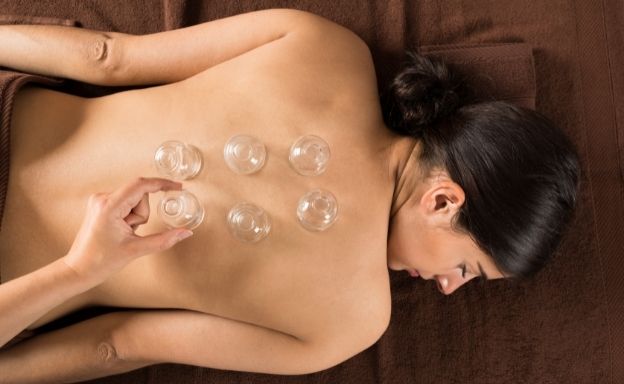
Cupping is the term applied to a technique that uses small glass cups or bamboo jars as suction devices that are placed on the skin to disperse and break up stagnation and congestion by drawing congested blood, energy or other humors to the surface. There are cupping tools that use a small handheld pump to create a vacuum in plastic cups. I find these useful in times mild suction is needed. There are several ways that a practitioner can create the suction in the cups. One method, called fire cupping (the “coolest” method), involves lighting a cotton ball soaked in alcohol and swabbing the inside bottom of the cup briefly and quickly applying the cup to the skin. This creates a suction against the skin. Flames are never used near the skin and are not lit throughout the process of cupping, but rather are a means to create the heat that causes the suction within the small cups.
The suction in the cups causes the skin and superficial muscle layer to be lightly drawn into the cup. This may appear to leave a “bruised” appearance, but research has demonstrated that there’s actually no blood vessels being broken. Cupping is much like the opposite of massage – rather than applying pressure to muscles, it uses gentle pressure to pull them upward. For most patients, this is a particularly relaxing and relieving sensation. Once suctioned, the cups are generally left in place for about ten minutes while the patient relaxes. An oil can also be applied to the skin and the cups can be slid over different areas, this is typically done on the back. This is known as sliding cupping.
Innate Healthcare Institute uses acupuncture and cupping to treat and prevent a variety of conditions. Acupuncture and cupping are one of our exclusive services offered monthly to all members. For more information head to innatehealthcare.org.

Dorfer, L, et al. “A Medical Report from the Stone Age?” The Lancet, vol. 354, no. 9183, 1999, pp. 1023–1025., doi:10.1016/s0140-6736(98)12242-0.
Maciocia, Giovanni. The Foundations of Chinese Medicine. Elsevier Churchill Livingstone, 2005.
Qureshi, Naseem Akhtar, et al. “History of Cupping ( Hijama ): a Narrative Review of Literature.” Journal of Integrative Medicine, vol. 15, no. 3, 2017, pp. 172–181., doi:10.1016/s2095-4964(17)60339-x.
Ramey, David, and Paul Buell. “A True History of Acupuncture .” Focus on Alternative and Complementary Therapies, vol. 9, no. 4, 14 June 2010, pp. 269–273., doi:https://doi.org/10.1211/fact.2004.00244.

